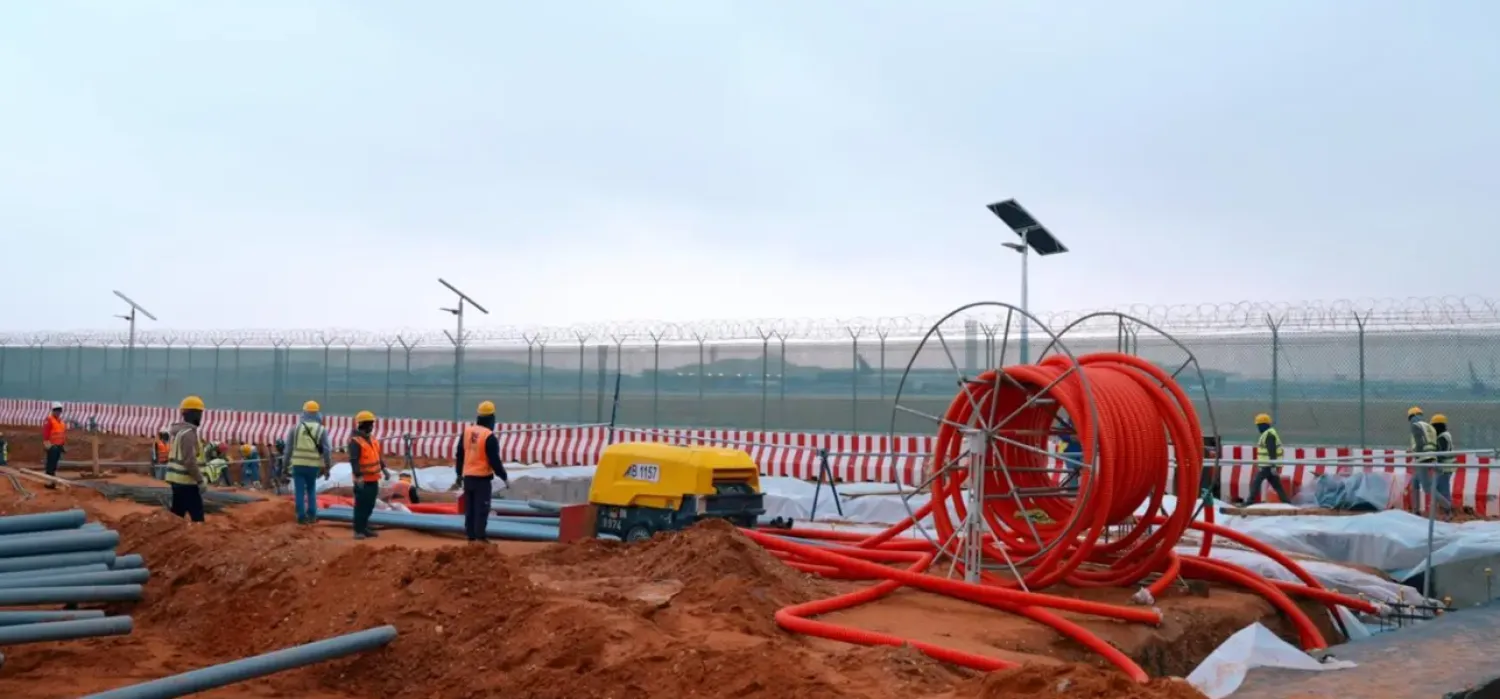As part of new agreements announced at the 7th edition of the Global Health Forum, Saudi Arabia signed deals to localize the production of 3 to 4 types of insulin, in collaboration with the Ministries of Investment, Health, and Industry and Mineral Resources, along with NUPCO, which is owned by the Public Investment Fund, Sanofi, and the Local Content and Government Procurement Authority.
Additionally, NUPCO, Novo Nordisk, and Sanofi signed a pharmaceutical manufacturing agreement valued at SAR 4 billion ($1.06 billion).
Dr. Niveen Khoury, General Manager of Pharmaceuticals for Saudi Arabia and the Gulf at Sanofi, told Asharq Al-Awsat that this pivotal agreement with NUPCO was in partnership with Sudair Pharmaceuticals.
She explained that the agreement aims to transfer technology and expertise, localizing insulin production in Saudi Arabia, including the complete manufacturing of insulin pens to the highest quality standards using Saudi expertise. The partnership will focus on localizing the technology for assembling advanced insulin pens, particularly the “SoloStar Delivery Device.” This will make the Sudair Pharmaceuticals plant the first facility in the region to specialize in the production of Sanofi’s latest insulin.
Dr. Khoury noted that diabetes is a major health challenge, underlining the importance to ensure a reliable and continuous supply of high-quality insulin.









